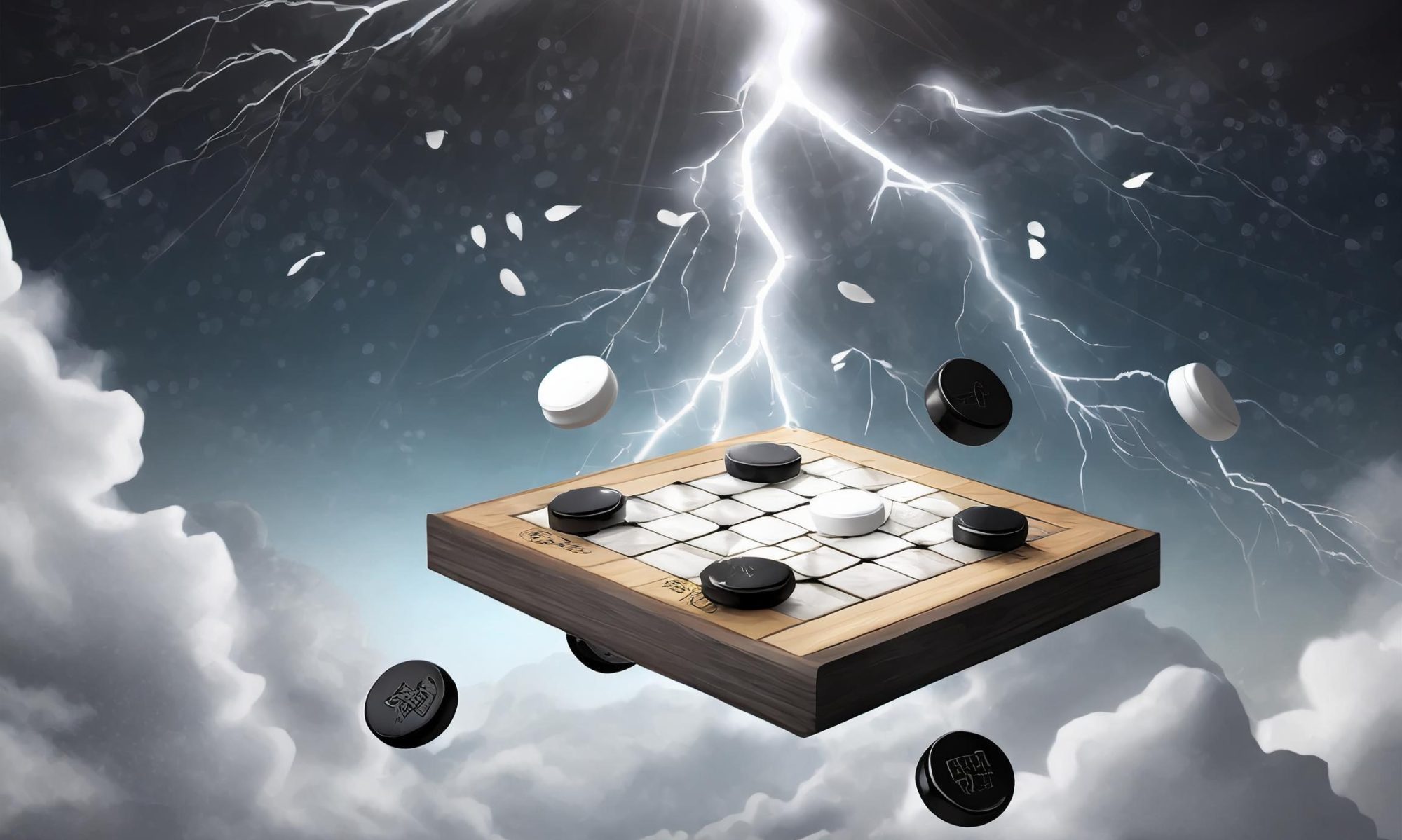Our most significant risk is the new PCB component that we decided to add to our system to better fit the go board setting and avoid interference with the electro magnet. Since this is a new component and our team has little prior experience with PCB design and fabrication, we face the challenge of ensuring its compatibility with our existing system architecture and meeting our performance standards.
To mitigate the risk associated with the new PCB component, we have tasked Sizhe with learning AutoDesk. Moreover, we are researching online and have taken inspiration from successful PCB designs in similar projects.
For changes in the design, we decide to use permanent magnets as the locking mechanism instead of electromagnets due to budget constraint and circuit ( PCB) complexity. There is no major change to our plan in other areas. Looking forward, we are also actively building the x-y motor system. We hope that we will be able to control the x-y motor system by the end of next week.
Schedule wise, we plan to first implement software web app first in case the team cannot physically meetup for integration. Moreover, we need to catch up with things that were postponed due to the time costed on magnetic lavation device.
———————————EXTRA———————————
A was written by Sizhe Chen, B was written by Shuailin Pan and C was written by Zipiao Wan.
Part A:
One key aspect of our solution is accessibility. We recognize that not all users may be technologically savvy or have access to high-speed internet connections. Therefore, our product will prioritize the ease of use, ensuring that individuals from diverse backgrounds can easily engage and have fun with it. Moreover, different users around the world might have different experience with go-like game. Those with an Eastern background may be more familiar with Go, while others may have more experience with traditional chess. Our product needs to consider these factors and provide varying levels of assistance accordingly.
Part B:
The automated networked Gomoku game board we’re developing will not only promote Asian culture but also unite different cultures around the globe. By using eye-catching technology, our solution offers a friendly, engaging, and accessible experience, which is able to transcends the language barrier and introduce Asian culture to players worldwide. Moreover, with the networking capability, our game board is able to connect and unite players who enjoy Gomoku from all around the world no matter the country or culture they are from. Through this innovative approach, our product aims to not only popularize Gomoku but also celebrate cultural diversity.
Part C:
For our prototype and product, we are using plywood as the chassis for the board and the shell for the go pieces. Since plywood is durable, and with correct oil sealing treatment: pretty long-lasting, we can ensure the longevity of our product to reduce unnecessary waste. Moreover, since plywood is a renewable material unlike plastic, we can minimize our products environmental impact. However, the heavy usage of magnets and circuitry will likely encourage rare earth metal excavation and contributes to waste and pollution.



